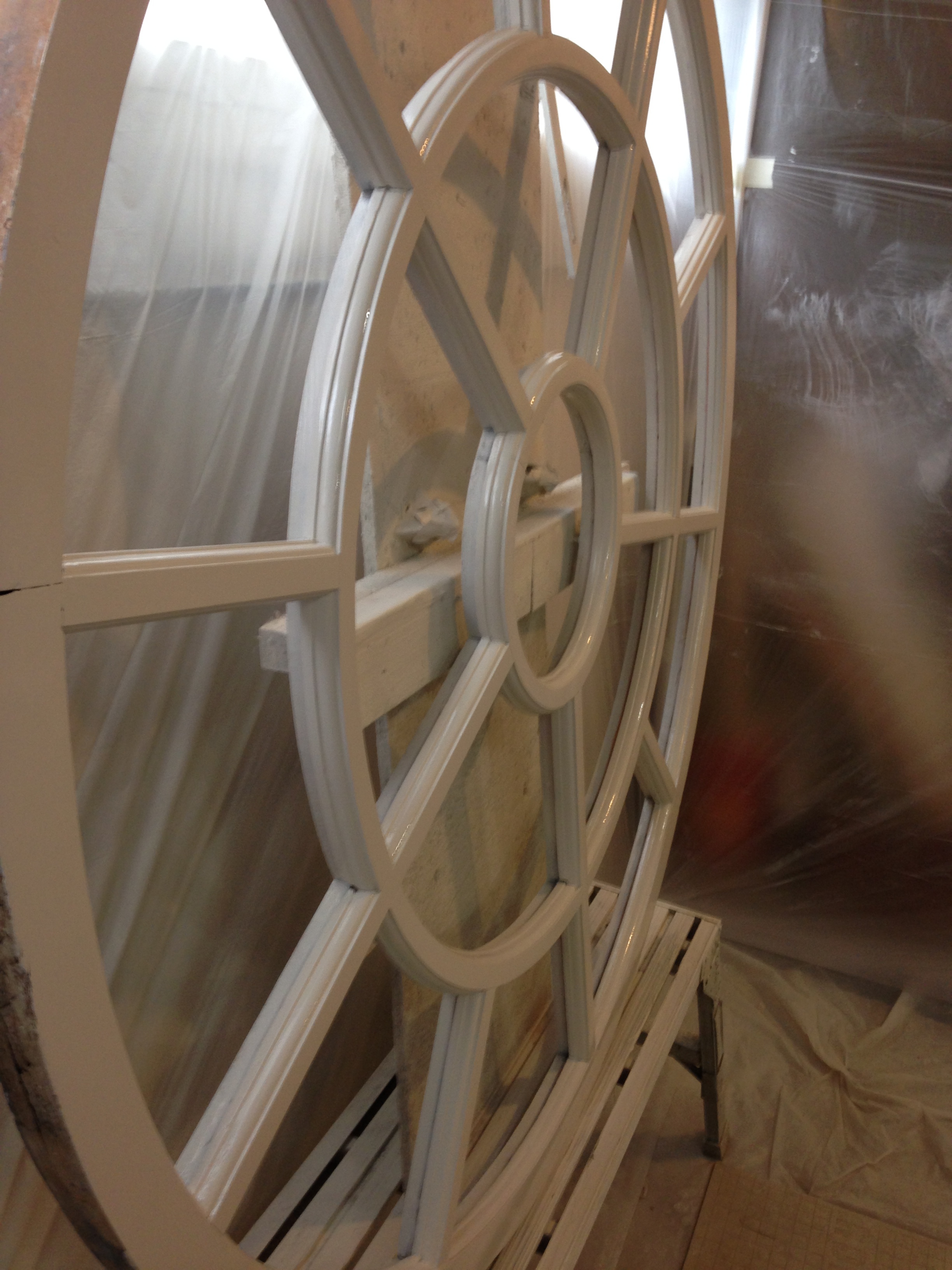Chances are your windows have done their job for fifty or more years already. Sure, they may be a little creaky and may not be as attractive as they once were, but it’s a far better investment to repair a proven performer than to sink money into a new window that only has a 20 year warranty at best. With proper maintenance your antique windows will last for generations to come. Heck, even without maintenance they may last that long! www.windowpreservationalliance.org Top Ten Reasons to Restore or Repair Windows
6. Because you want to avoid vinyl.
Poly vinyl chloride (PVC) is becoming one of the greatest concerns in the building industry. Not only does the production of it create an environmental nightmare, but the gases it emits over time are becoming a concern. In the event of a house fire, burning PVC releases toxic amounts of dioxin. In addition, Lead is used as a stabilizer in the manufacture of PVC. If you are concerned about our planet’s health, and your own carbon footprint, you should read up on efforts to reduce the use of vinyl.
7. Because you want more light.
Replacement windows are set into the window opening, the sash is smaller than the originals, therefore you get less viewing area and less light. Who wants less light?
8. Because windows are a functional part of your house.
Weights and pulleys are the best balance systems ever invented. There is a prevalent myth that a lot of cold air comes in through the weight pocket. However, if there is cold air in the weight pocket it’s generally because there is a gap between the outside trim of the house and the siding. It may also indicate a poor seal at the floor joists. Replacing easily serviceable weights and pulleys with vinyl jamb liners or invisible balance systems means installing a system that has a maximum life span of 10-20 years but generally fails in less time. You can’t believe how joyful it is to open and close windows easily with one hand when everything is restored to the way it was designed to work!
9. Because you really can save 30-40% on heating costs.
According to the Field Study of Energy Impacts of Window Rehab Choices conducted by the Vermont Energy Investment Corporation, the University of Vermont School of Civil and Environmental Engineering, and the U.S. Army Cold Regions Research and Engineering laboratory, the estimated first year energy savings between a restored wooden window with a good storm window vs. a replacement window was $0.60. Yup, less than a buck. In their conclusions section they noted, “The decision to renovate or replace a window should NOT be based solely on energy considerations, as the difference in estimated first year savings between the upgrade options are small.” Broken glass, failed glazing, no weather stripping – these small and repairable items are what really effect energy efficiency in windows.
10. Because the greenest building is one that is already built.
Replacement windows are touted as a way to save energy. But when evaluated from the perspective of the entire production, shipping, installation and removal process, replacing windows consumes a whole lot of energy, or viewed the other way, an older building has a great deal of embodied energy. If the total energy expenditure to manufacture replacement windows is considered, then the break even period stretches to 40-60 years. Sadly, replacement windows often fail long before that break even point is reached, whereas historic windows can last for generations. In the words of Richard Moe, President of the National Trust for Historic Preservation “We can’t build our way out of the global warming crisis. We have to conserve our way out. That means we have to make better, wiser use of what we have already built.” Restoration work can create up to 10 lbs of waste, but replacing windows generates around 50 lbs. of waste. Repairs and restoration work are done by local craftspeople paying local taxes. They use a minimum of materials and resources and a maximum of labor. Restoring windows is the best use of your embodied energy and the best way to support the local economy.
















































